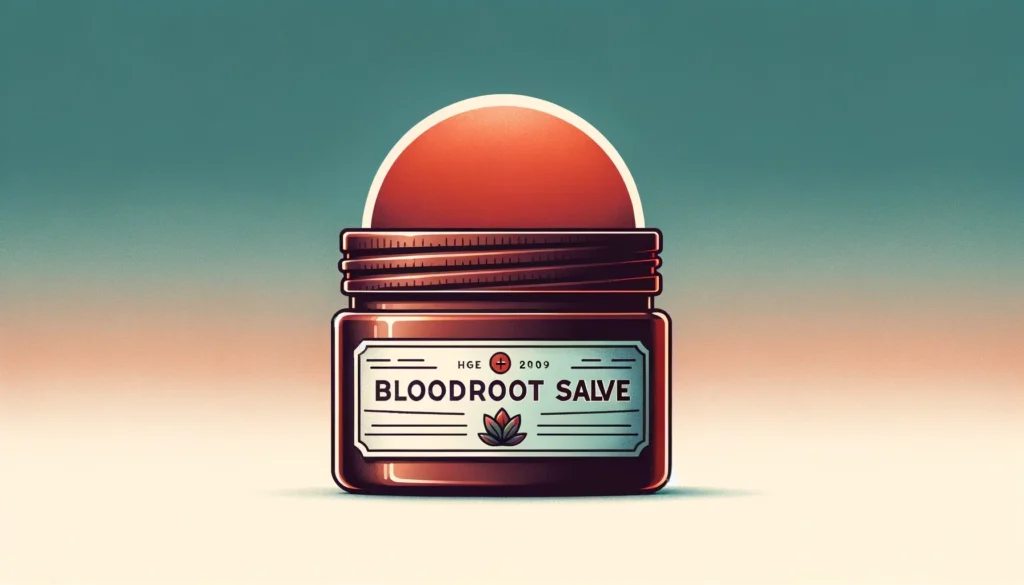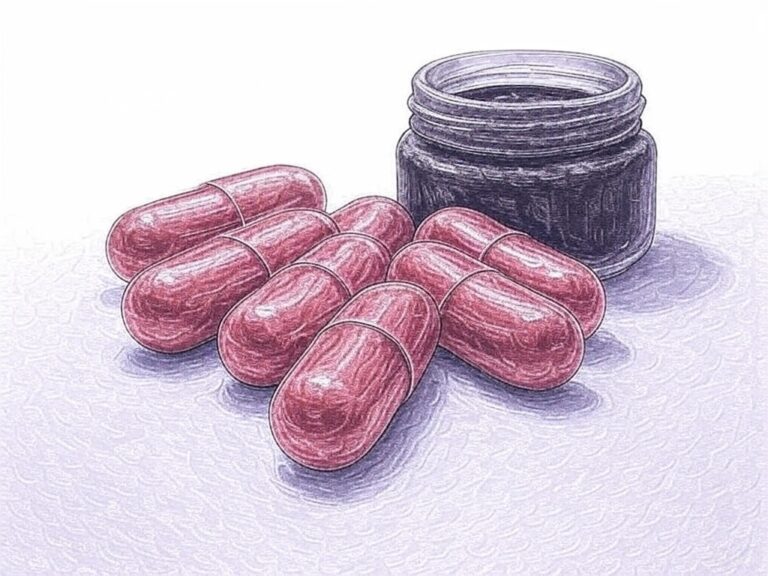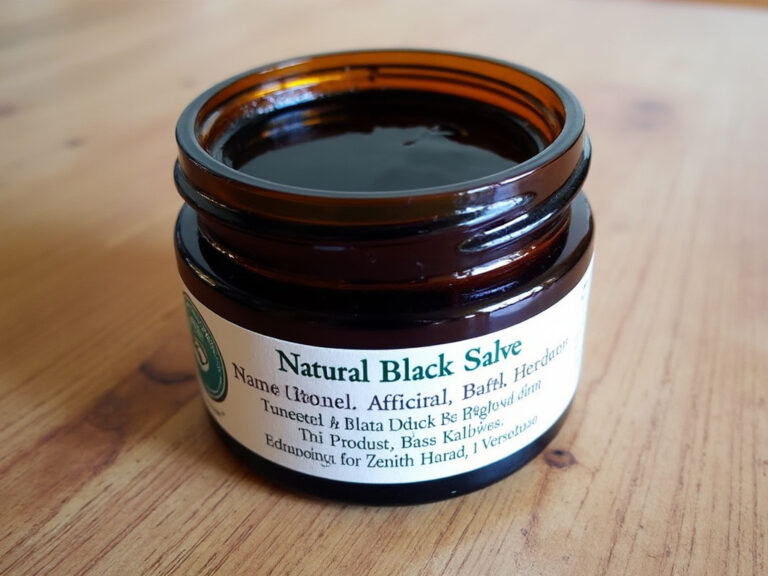
Splinters are inconvenient, painful, and sometimes challenging to remove. When not promptly and properly addressed, they can lead to infection and further complications. Over the years, different methods have been developed to remove splinters including the use of tweezers, needles, and even suction. However, one remedy that has proven effective and relatively pain-free is the use of black salve – a natural, topical paste primarily made of bloodroot and zinc chloride. This comprehensive guide will explore the potency of black salve for splinter removal, discuss a step-by-step procedure for its application, provide tips for enhancing its efficacy, and highlight common mistakes to avoid.
Understanding the Potency of Black Salve for Splinter Removal
Black salve has been used for centuries to treat various skin conditions, owing to its strong drawing properties. The combination of bloodroot and zinc chloride in black salve effectively draws out foreign objects lodged in the skin, such as splinters, making it a potent remedy for splinter removal.
The active ingredient in black salve, sanguinarine, is derived from bloodroot and it works by softening the skin around the splinter, thus making it easier for the foreign object to be drawn out. It also contains antibacterial properties that help prevent infection. Zinc chloride, on the other hand, enhances the drawing ability of the salve, helping to pull the splinter to the skin surface for easy removal.

Step-by-Step Procedure: How to Apply Black Salve Correctly
Applying black salve for splinter removal is a straightforward process but it must be done correctly to achieve the desired results.
First, clean the area around the splinter with warm water and soap. This helps to remove any dirt or bacteria that may cause infection. Apply a thin layer of black salve over the splinter, ensuring the splinter is entirely covered. Then, cover the area with a bandage or gauze pad and leave it on for 24 hours.
After the stipulated time, remove the bandage. The black salve should have drawn the splinter to the surface, making it easier to remove. You can then use a pair of tweezers to gently lift the splinter out. After removal, clean the area again with warm water and soap then apply an antiseptic cream to prevent infection.
Tips to Enhance the Efficacy of Black Salve Treatment
To enhance the efficacy of black salve treatment for splinter removal, there are a few tips you can follow. One involves applying heat to the affected area after the application of the black salve. You can do this by placing a warm compress over the bandage. The heat will help to draw the splinter to the skin surface more quickly.
In addition, ensure that the black salve covers the entire splinter. If part of the splinter is left exposed, it might not be drawn out completely. It’s also important to give the salve enough time to work. Although 24 hours is the standard time, some deeply embedded splinters might require a longer time.
Common Mistakes to Avoid When Using Black Salve for Splinters
While black salve is generally safe, it must be used correctly to avoid complications. One common mistake is using black salve on open wounds or broken skin. The salve is quite potent and can cause irritation or even burns when applied to broken skin.
Also, avoid using too much salve. A thin layer is sufficient to draw out the splinter. Applying an excessive amount might not expedite the process but instead could cause unnecessary skin irritation or discomfort. Finally, some people make the mistake of not covering the salve with a bandage. This can lead to the salve being accidentally wiped away, thus rendering the treatment ineffective.
Conclusion
Black salve is a potent and effective treatment for splinter removal. By understanding its properties, applying it correctly, taking steps to enhance its efficacy, and avoiding common mistakes, you can utilize black salve to its full potential. However, remember that while it’s a useful tool, it’s not a substitute for professional medical advice. If your condition worsens or fails to improve, seek medical attention.
References
- The Healing Power of Black Salve
- Bloodroot and Its Uses in Medicine
- Zinc Chloride: Benefits, Dosage, and Side Effects
Please note that these links serve as references and do not endorse the use of black salve. Always consult a healthcare professional before trying new treatments.
[html_block id=”160664″]



